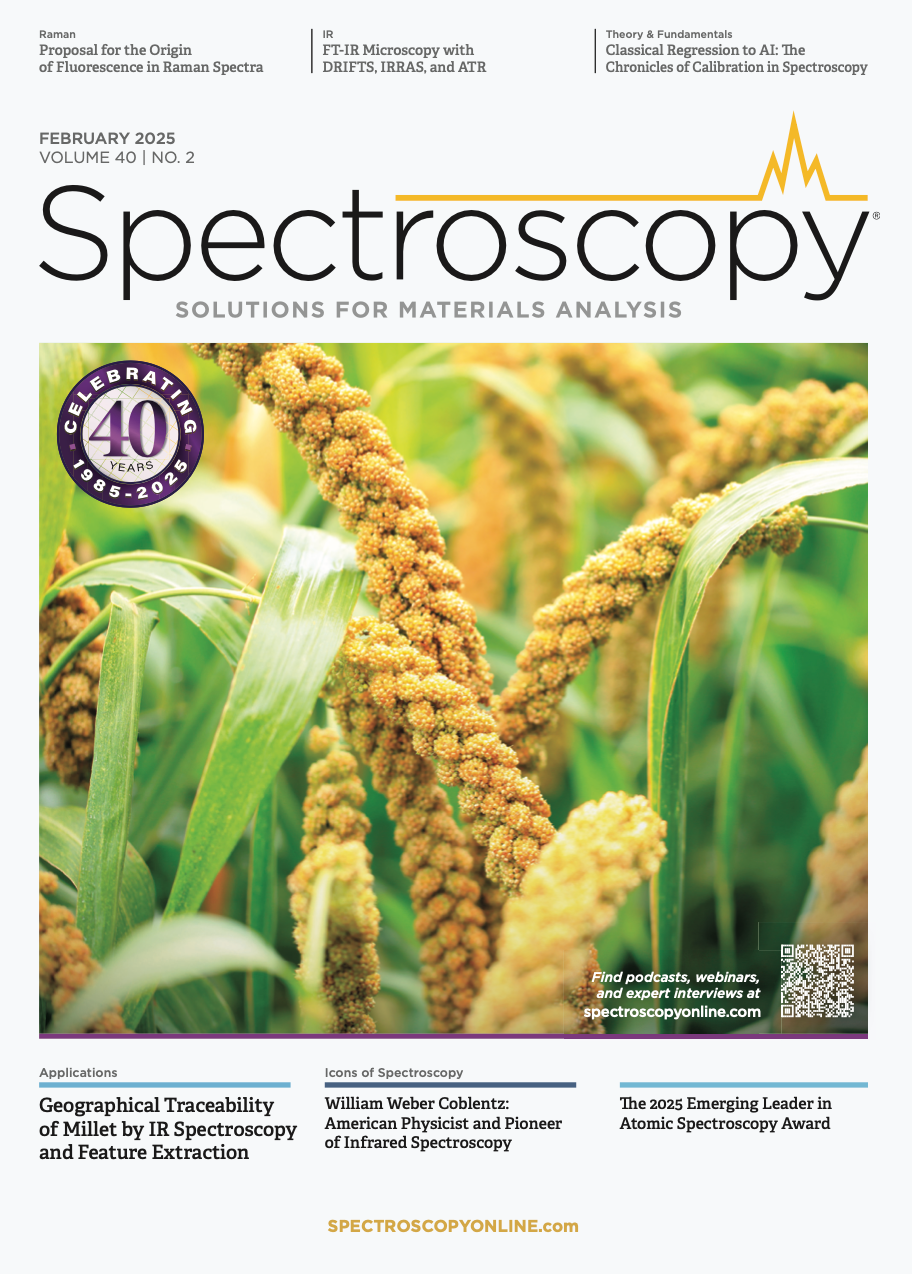Micro-Raman Spectroscopy to Detect Microplastic Pollution in the Zarafshan River
A new study published in Green Analytical Chemistry reveals significant microplastic pollution in Uzbekistan’s Zarafshan River, highlighting regional differences, industrial contributions, and the urgent need for improved monitoring and mitigation strategies.
A team of scientists from Andijan State University, Tomsk State University, Andijan Institute of Mechanical Engineering, Fergana State University, and Khorezm Academy Mamun investigated the presence of microplastics in the Zarafshan River in Uzbekistan. Using micro-Raman spectroscopy, researchers determined the polymer composition of these microplastics (1). The findings of this study were published in Green Analytical Chemistry (1).
Zeravshan Valley near Panjakent, Tajikistan, Central Asia. | Image Credit: © Jerry - stock.adobe.com

Microplastics, defined as plastic particles smaller than 5 mm, pose a significant threat to aquatic ecosystems because of their ability to accumulate in food and in the environment (2,3). Although microplastic contamination in the environment is a global issue, limited research on the topic has been conducted in Central Asia. This study, which was conducted by researchers from Uzbekistan and Russia, is one of the first studies that investigated this issue, focusing their efforts on the Zarafshan River (1).
The Zarafshan River is approximately 850-feet long and winds through the mountains of Tajikistan to the Kyzyl-Kum Desert in Uzbekistan (4). It is an important freshwater source in these Central Asia countries (1,4). Because of the Zarafshan River’s importance to the health and economic security of their country, the Uzbek researchers and their collaborators wanted to gain a better understanding of plastic pollution levels in their waterways.
To assess the level of microplastic pollution, the researchers collected surface water samples using a microsampler equipped with a 330-micrometer mesh (1). The samples underwent laboratory processing that included oxidation of organic matter with hydrogen peroxide and density separation to isolate plastic particles (1). Using micro-Raman spectroscopy, the researchers found that the average concentration of microplastic particles was 3.22±1.64 units/m³ in the Navoi region and 2.96±0.78 units/m³ in the Samarkand region (1). The microplastics identified ranged in diameter from 0.15 to 3.00 mm, indicating the presence of both small and large plastic fragments (1).
Another interesting finding came from their samples in the Navoi region, which is a city in central Uzbekistan. In the Navoi region, the researchers found more microfragments in their samples. This observation suggests that this region experiences a higher level of industrial pollution (1).
When the research team conducted polymer composition analysis, they found that the samples revealed the prevalence of poly(4-methyl-1-pentene), polypropylene (PP), and polyethylene terephthalate (PET). The presence of PP and PET, commonly used in packaging and textiles, suggests that local anthropogenic factors—such as plastic waste mismanagement and untreated industrial effluents—contribute significantly to the contamination (1).
As a result, the researchers concluded that because there were regional differences in the microplastic pollution found in the regions of both Navoi and Samarkand, there should be local solutions implemented. The authors also recommend that the country should implement advanced wastewater treatment methods capable of filtering microplastics before discharge into freshwater bodies (1). The authors call for public awareness campaigns to educate communities and industries about the dangers of microplastic pollution and promote sustainable practices such as reducing single-use plastics and improving waste recycling programs (1). There has not been extensive exploration of microplastics in, but this study represents a shift toward this region focusing more on this important area of research (1).
References
- Khusanov, A.; Sabirov, O.; Frank, Y.; et al. Microplastic Pollution of the Zrafshan River Tributary in Samarkand and Navoi Regions of the Republic of Uzbekistan. Green Anal. Chem. 2025, 12, 100200. DOI: 10.1016/j.greenac.2024.100200
- Wetzel, W. Hidden Dangers: Uncovering Fine Microplastics in EU Drinking Water. Spectroscopy. Available at: https://www.spectroscopyonline.com/view/hidden-dangers-uncovering-fine-microplastics-in-eu-drinking-water (accessed 2025-02-04).
- Wetzel, W. Reviewing the Impact of 2D-COS on Analyzing Microplastic Impact on the Environment. Spectroscopy. Available at: https://www.spectroscopyonline.com/view/reviewing-the-impact-of-2d-cos-on-analyzing-microplastic-impact-on-the-environment (accessed 2025-02-04).
- Mir-Makhamad, B.; Lurje, P.; Parshuto, V.; et al. Agriculture Along the Upper Part of the Middle Zarafshan River During the First Millennium AD: A Multi-site Archaeobotanical Analysis. PLoS One 2024, ASAP. DOI: 10.1371/journal.pone.0297896

AI-Powered SERS Spectroscopy Breakthrough Boosts Safety of Medicinal Food Products
April 16th 2025A new deep learning-enhanced spectroscopic platform—SERSome—developed by researchers in China and Finland, identifies medicinal and edible homologs (MEHs) with 98% accuracy. This innovation could revolutionize safety and quality control in the growing MEH market.
New Raman Spectroscopy Method Enhances Real-Time Monitoring Across Fermentation Processes
April 15th 2025Researchers at Delft University of Technology have developed a novel method using single compound spectra to enhance the transferability and accuracy of Raman spectroscopy models for real-time fermentation monitoring.
Nanometer-Scale Studies Using Tip Enhanced Raman Spectroscopy
February 8th 2013Volker Deckert, the winner of the 2013 Charles Mann Award, is advancing the use of tip enhanced Raman spectroscopy (TERS) to push the lateral resolution of vibrational spectroscopy well below the Abbe limit, to achieve single-molecule sensitivity. Because the tip can be moved with sub-nanometer precision, structural information with unmatched spatial resolution can be achieved without the need of specific labels.